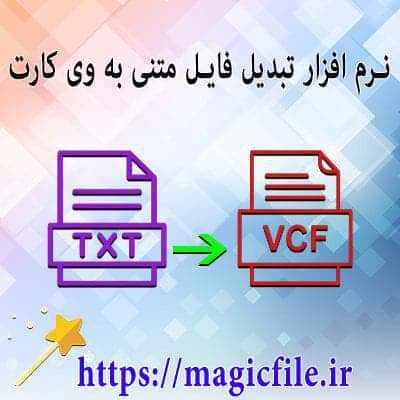HTML TEMPLATE FOR LANDING PAGE
Landing pages play an essential role in online marketing. They serve as the first point of contact between your audience and your brand. A well-structured landing page can significantly increase conversion rates. Let's dive into the elements that make an effective HTML landing page.
STRUCTURE OF A LANDING PAGE
At the core of a landing page lies its structure. Typically, a landing page includes the following sections:
- Header: This is where your branding takes center stage. Your logo and a clear navigation menu should be visible. Keep it simple!
- Hero Section: Capture attention with an eye-catching headline. Use a subheading to provide more context. A compelling call-to-action (CTA) button, like "Sign Up Now", should be prominently displayed.
- Features/Benefits: Highlight what makes your product or service unique. Use bullet points or icons for readability. Make it easy for visitors to understand the value.
- Social Proof: Incorporate testimonials, reviews, or case studies. This builds trust and credibility. People love to see that others have benefited from your offering.
- Visual Elements: Images or videos can be powerful. Use high-quality visuals to enhance your message. Ensure they are relevant and support your text.
- Footer: Include essential links, such as privacy policy and contact information. You can also add social media icons here.
BEST PRACTICES FOR DESIGN
Color schemes should align with your brand identity. Use contrasting colors for CTAs to make them stand out. Typography matters too! Choose readable fonts and maintain consistency throughout.
OPTIMIZATION FOR CONVERSION
Remember, the goal is conversion. A/B testing various elements can help identify what works best. Track user interactions to refine your approach continuously.
In conclusion, an effective HTML landing page combines structure, design, and optimization techniques. By focusing on these elements, you can create a landing page that not only attracts visitors but also converts them into loyal customers.





